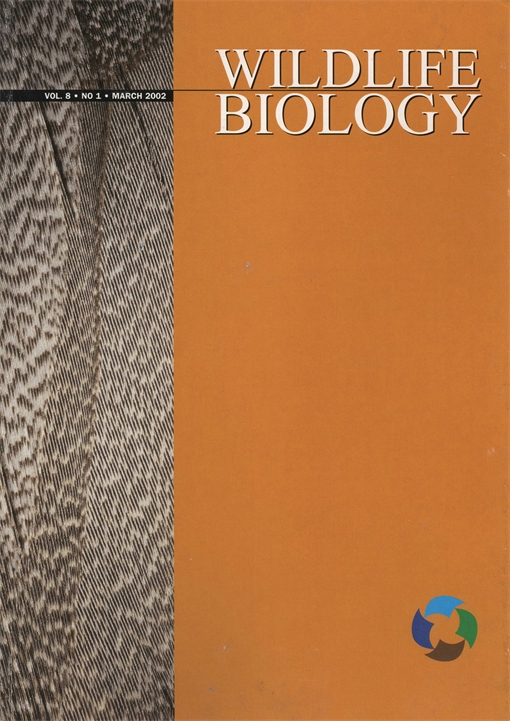In Europe, roe deer Capreolus capreolus is one of the biggest mammal species killed in traffic, and the number of accidents seems to increase. The purpose of our paper is to point out the most important factors causing traffic killings and to suggest conservation measures that may reduce the number of roe deer killings in traffic. Our study is based on data including 115 roe deer killed in traffic at the Kalø estate in East Jutland, Denmark, during 1956–1985. No significant correlation was found between the number of traffic killings of roe deer and mean daily traffic, but the number of roe deer killed in traffic varied significantly over the seasons. The distribution pattern of roe deer/car collision sites was clumped. The risk of being killed in traffic was highest for young and old roe deer. Significantly more adult females, adult males and subadult males than expected were killed in traffic, and significantly more individuals were killed in years when most of the fields next to the roads were left unsown in winter. We suggest that the following measures be taken to prevent traffic killings: increasing areas with winter cereal or wintergreen fields, clearing the vegetation adjacent to roads and reducing car speed in high-risk areas.
How to translate text using browser tools
1 March 2002
Factors causing traffic killings of roe deer Capreolus capreolus in Denmark
Aksel Bo Madsen,
Helmuth Strandgaard,
Allan Prang

Wildlife Biology
Vol. 8 • No. 1
2002
Vol. 8 • No. 1
2002
accident sites
Capreolus capreolus
conservation measures
mean daily traffic
traffic killings




